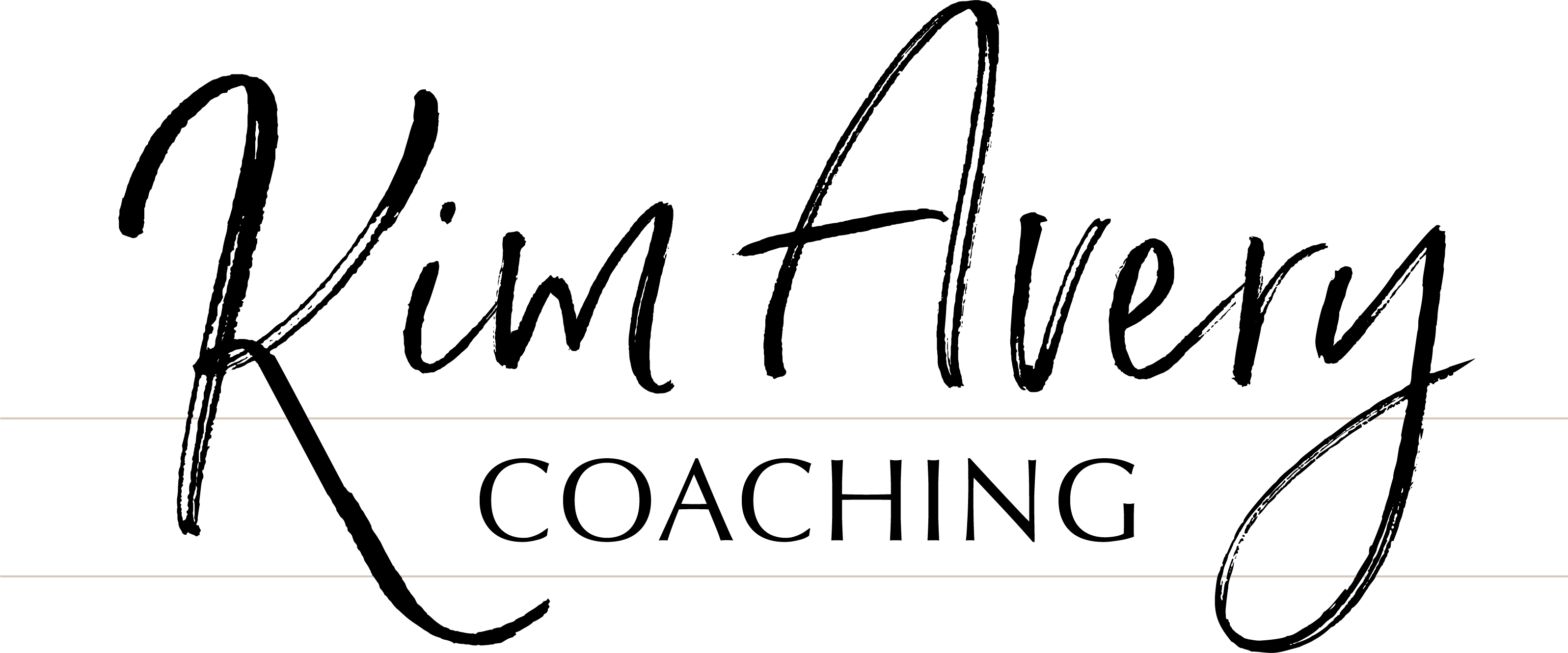Pictures at Corfe Castle
Yesterday we visited Corfe Castle on the steam train. Although we enjoyed a day of rather typical English weather, the rain was confined to a few light showers in the afternoon. There is an old-fashioned waiting room on the platform anyway, so while the others took shelter during the wait for the return train to Swanage, I explored an art gallery at the end of the platform.
But why was someone using a sewing machine in the middle of the gallery? This was more like a workshop, with the fruits of the artist’s creativity displayed on the walls all around. Now, I am quite partial to a little watercolour painting myself, and although I haven’t yet progressed past the learning stage, exploring how different textures express a variety of visual moods and emotions is a constant source of interest.
Inspecting more closely one of the pictures which caught my eye I discovered to my surprise that far from being an example of some advanced painting technique, it was made from pieces of multicoloured fabric. These were stitched together, and then stitches worked across creating a unique texture – the stitches themselves becoming part of the image. That could explain the sewing machine, I thought. I always have been rather quick to spot these connections.
“I’m an Assembler”
How does an artist go about creating something so stunning from random pieces of coloured cloth? I was curious about whether the fabric was dyed in a particular way to produce what was in the artist’s imagination, or if the completed picture grew out of what was available. The artist (the one at the sewing machine) explained to me that sometimes her inspiration comes from a desired end result, at other times the collected materials suggest their own form as work progresses. She called herself an Assembler; collecting and using what she saw to create things of beauty and value.
Do you find that coaching is like that?
A clearly defined vision of the desired future state has the power to overcome distraction, define crisp goals, energise consistent action and focus attention firmly onto the road ahead. Outcomes are shaped by what is yet to be.
At other times core values are a good starting point; acknowledging and affirming gifting, ability and identity before inviting the client to weave these together and co-operate with the emerging pattern. A life is created from what is already there.
You coach the Artist to be an Assembler.
Learning from the Master
Sometimes the Lord approaches people the same way.
He knew best what people needed, and yet he asked them what they wanted:
“What do you want me to do for you?” Jesus asked him.
The blind man said, “Rabbi, I want to see.”
“Go,” said Jesus, “your faith has healed you.”
Immediately he received his sight and followed Jesus along the road.
Mark 10:51-52
As Jesus and his disciples were leaving Jericho, a large crowd followed him. Two blind men were sitting by the roadside, and when they heard that Jesus was going by, they shouted, “Lord, Son of David, have mercy on us!”
The crowd rebuked them and told them to be quiet, but they shouted all the louder, “Lord, Son of David, have mercy on us!”
Jesus stopped and called them. “What do you want me to do for you?” he asked.
“Lord,” they answered, “we want our sight.”
Jesus had compassion on them and touched their eyes. Immediately they received their sight and followed him.
Matthew 20:29-34
At other times, his focus was on what was at hand, and he created something amazing out of that:
“How many loaves do you have?” he asked. “Go and see.”
When they found out, they said, “Five—and two fish.”
Mark 6:38
Elisha wasn’t afraid to break the rules and ask a compound question:
The wife of a man from the company of the prophets cried out to Elisha, “Your servant my husband is dead, and you know that he revered the Lord. But now his creditor is coming to take my two boys as his slaves.”
Elisha replied to her, “How can I help you? Tell me, what do you have in your house?”
“Your servant has nothing there at all,” she said, “except a little oil.”
Elisha said, “Go around and ask all your neighbours for empty jars. Don’t ask for just a few…
2 Kings 4:1-2
- What can you learn from these questions from scripture?
- In your coaching, where is the Holy Spirit inviting you and your client to look?
- What visions suggest their own form as work progresses?
- Where are stitches becoming part of the image?
- … and in your own life?
Journaling
How about using the questions above as a prayer, then spend some quality time listening to the Lord speak to you. It would be great if there were some insights you could share in the comments section, or encourage others with your thoughts about what you will do in response to what God says.
THE HOLY BIBLE, NEW INTERNATIONAL VERSION®, NIV® Copyright © 1973, 1978, 1984, 2011 by Biblica, Inc.™ Used by permission. All rights reserved worldwide.
Photograph © Geoff Cheeseman




Wow, Geoff. What a great analogy. In my own life, as well as in my client’s lives, I have also found that at times the vision defines the action and at other times, what we have in our hands defines the vision. My hope and prayer is that with both methods the result is truly a work of art.
Thanks for sharing your wisdom.